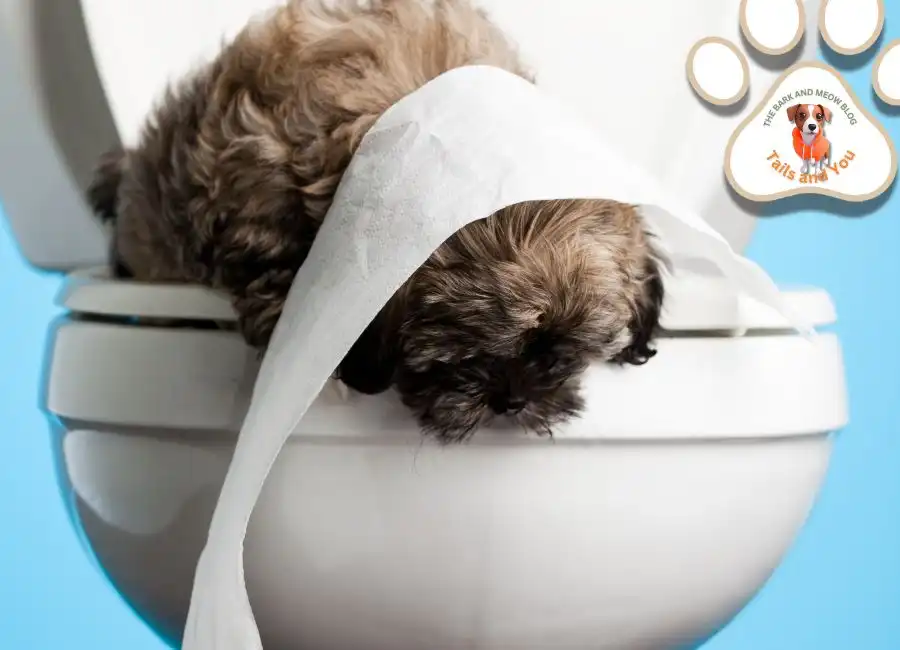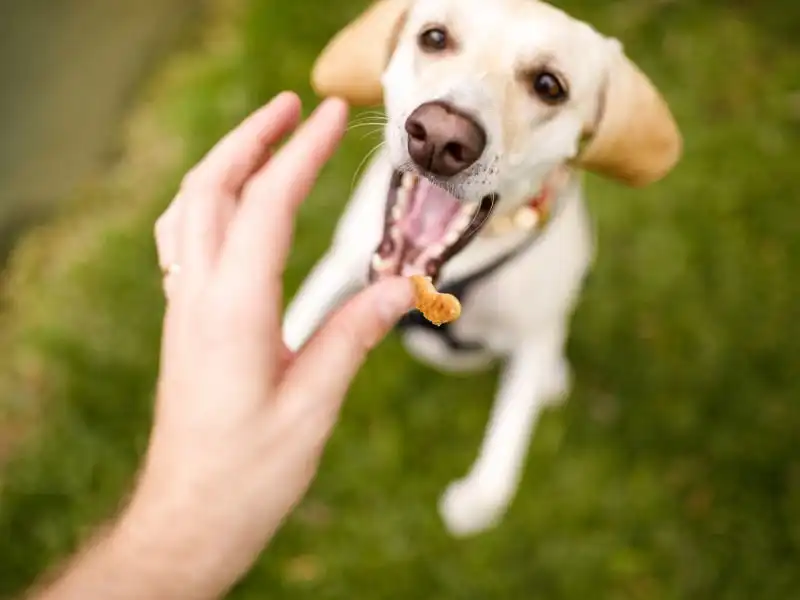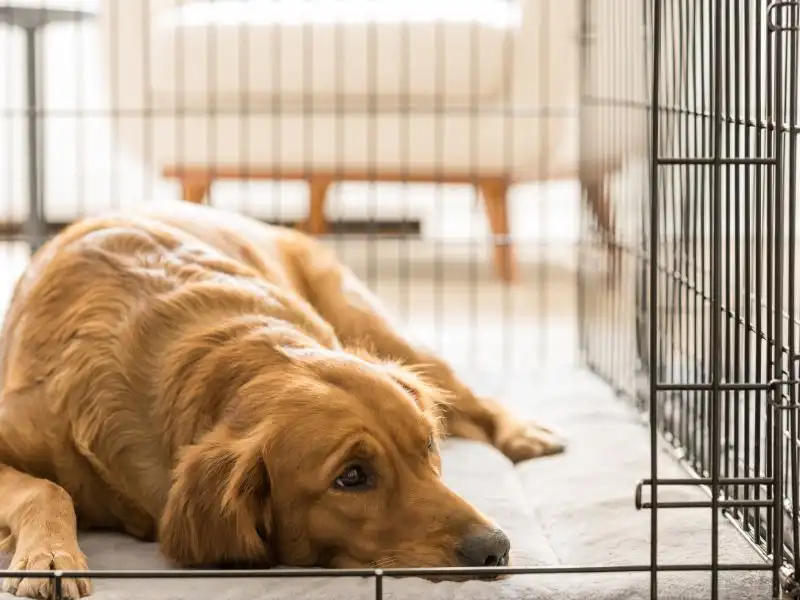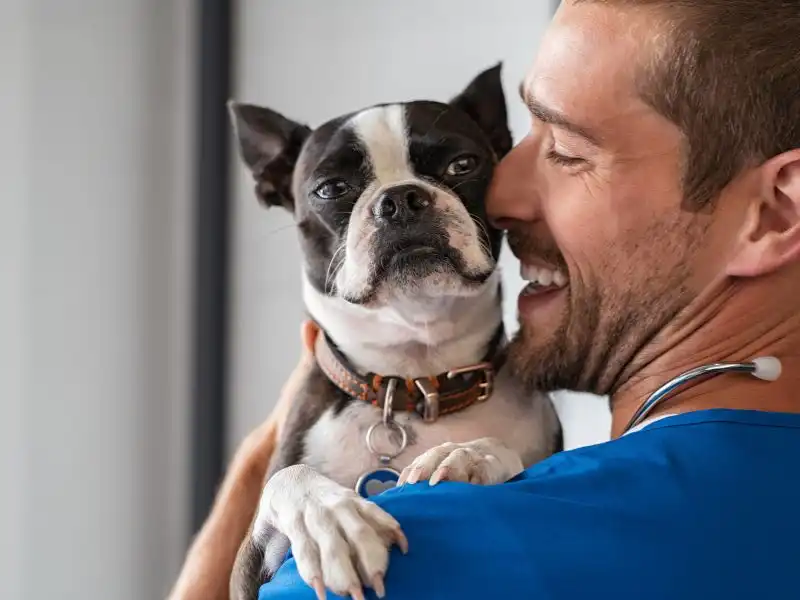Owning a dog is a delightful experience, but along with the joy, comes the responsibility of training. One of the primary lessons every dog owner embarks upon is teaching their furry friend where to do their business. Potty training, also known as housebreaking, is a crucial aspect of canine care that lays the groundwork for a harmonious relationship between you and your pet. In this comprehensive guide, we’ll explore the intricate details of training your dog to use the bathroom effectively.
Understanding Your Dog’s Behaviour
Before delving into the training process, it’s vital to comprehend your dog’s natural instincts and behaviours. Dogs are creatures of habit, often preferring specific areas for elimination. Understanding these patterns will empower you to anticipate when your dog needs to relieve itself.
Dogs communicate through body language, and recognizing these signals is key to successful potty training. Signs such as sniffing, circling, or restlessness may indicate that your dog is ready to go. By paying attention to these cues, you’ll be better equipped to respond promptly and guide your pet to the designated bathroom area.
Creating a Routine
Consistency forms the backbone of successful potty training. Establishing a regular feeding schedule for your dog regulates their digestive patterns, making it easier for you to predict when they’ll need to go. Take your dog outside to the designated bathroom area shortly after meals, in the morning, and before bedtime. This routine not only reinforces the bathroom habits but also strengthens the bond between you and your pet through shared activities.
A consistent routine aids in setting expectations for your dog. They learn to associate specific times with bathroom breaks, reducing the likelihood of accidents inside the house. Moreover, the predictability of the routine provides a sense of security for your pet, fostering a comfortable and confident demeanour.
Choosing a Designated Bathroom Area:
Selecting the right spot for your dog to relieve itself is a crucial step in the training process. Choose a specific area outside, preferably away from high-traffic areas, where your dog can comfortably eliminate. The scent left behind serves as a natural marker, signalling to your dog that this is an acceptable location for their bathroom activities.
Allow your dog to explore the chosen area. Dogs rely heavily on scent and familiarizing them with the designated spot helps create a connection between the space and the act of elimination. Through repetition, your dog will come to understand and respect this space as their outdoor bathroom.
Positive Reinforcement:
Positive reinforcement is a powerful tool in shaping your dog’s behaviour. When your pet successfully uses the designated bathroom area, shower them with praise, affectionate words, and, most importantly, treats. Dogs thrive on positive feedback, and associating the act of going to the bathroom outside with rewards creates a positive reinforcement loop.
Timing is crucial when using positive reinforcement. Immediately praise your dog after they finish eliminating in the designated area to ensure they connect the action with the reward. This positive association encourages your dog to repeat the behaviour, making the training process more effective and enjoyable for both of you.
Utilizing Crate Training
Crate training is a valuable method that complements potty training. Dogs instinctively avoid soiling their living space, making a properly sized crate an effective tool in preventing accidents when you’re not able to supervise your pet. Introduce the crate as a positive and safe space, equipping it with comfortable bedding and toys.
When using a crate, ensure it is appropriately sized. Your dog should have enough room to stand, turn around, and lie down comfortably. Using a crate that is too large may lead to your dog designating one corner for elimination, defeating the purpose of the training.
Crate training serves multiple purposes beyond potty training. It provides a secure environment for your dog, especially during times when they may feel anxious or overwhelmed. Gradually acclimate your dog to the crate, associating it with positive experiences, and avoid using it as a form of punishment.
Dealing with Accidents
Accidents are an inevitable part of the training process. Instead of reacting with frustration, approach accidents as opportunities for learning. When an accident occurs, clean the area thoroughly to eliminate any scent markers that might attract your dog back to the same spot. Use an enzymatic cleaner to break down and neutralize odours effectively.
It’s crucial to remain calm and avoid scolding your dog after an accident. Dogs do not connect punishment with past actions, and scolding may create fear and confusion. Instead, focus on reinforcing the positive behaviour you desire, praising your dog when they eliminate in the designated area.
Understanding the circumstances that lead to accidents can provide insights into refining your training approach. Did the accident happen during a change in routine, or was it triggered by a specific stimulus? Identifying patterns can help you address underlying issues and adjust your training plan.
Patience and Persistence:
Potty training is a gradual process that requires patience and persistence. While some dogs may catch on quickly, others may need more time and reinforcement. Celebrate small victories along the way, such as your dog consistently using the designated bathroom area or signalling when they need to go.
Set realistic expectations, understanding that accidents are a natural part of the learning curve. Consistency in your approach, coupled with positive reinforcement, will gradually solidify the desired behaviour. Be patient with your pet, and appreciate the progress they make, no matter how small.

In conclusion, potty training is a fundamental aspect of responsible dog ownership. By understanding your dog’s behaviour, creating a consistent routine, choosing a designated bathroom area, employing positive reinforcement, and utilizing crate training, you set the stage for a well-behaved and happy canine companion.
Throughout the training process, remember that building a strong bond with your dog is just as important as teaching them good habits. Potty training provides an opportunity for positive interaction and communication, strengthening the connection between you and your furry friend. Embrace the journey, stay patient, and enjoy the rewards of a well-trained and content canine companion. Happy training!
Frequently Asked Questions (FAQs)
Q: How long does it take to potty train a dog?
A: The duration of potty training varies from dog to dog. Some dogs may catch on quickly, while others may take several weeks or even months. Consistency, positive reinforcement, and patience are key factors in the training process.
Q: My dog keeps having accidents indoors. What should I do?
A: Accidents are a normal part of the training process. When accidents occur, clean the area thoroughly to remove scent markers that might attract your dog back to the same spot. Focus on reinforcing positive behaviour, and avoid scolding, as it may lead to fear and confusion.
Q: Can I use pee pads for potty training?
A: While pee pads can be convenient, they might create confusion for some dogs, as they resemble indoor surfaces. If you choose to use pee pads, gradually transition your dog to outdoor elimination to avoid long-term reliance on indoor options.
Q: Is crate training necessary for potty training?
A: Crate training can be a valuable tool in potty training, as dogs generally avoid soiling their living space. It’s important to introduce the crate positively and avoid using it as a form of punishment. Crate training provides a safe haven for your dog when you’re not able to supervise them.
Q: My dog doesn’t seem to signal when it needs to go outside. How can I teach this?
A: Some dogs may not naturally signal when they need to go outside. Watch for subtle cues such as restlessness or sniffing and consider training your dog to use a specific signal, such as ringing a bell, to indicate their need to go outside.
Q: What should I do if my dog refuses to eliminate in the designated area outside?
A: If your dog is hesitant to use the designated bathroom area outside, spend extra time with them in that location, using positive reinforcement. Gradually increase the time spent there and reward successful eliminations to create a positive association.
Q: Should I punish my dog for accidents?
A: No, punishment is not recommended for accidents. Dogs do not connect punishment with past actions, and it can create fear and confusion. Focus on positive reinforcement and redirecting your dog to the designated bathroom area.
Q: Can I train an older dog to use the bathroom outside?
A: Yes, older dogs can be trained to use the bathroom outside. The process may take longer than with puppies, but the same principles of consistency, positive reinforcement, and patience apply. Be understanding of any potential challenges or habits formed over time.
Q: My dog only eliminates when on a walk. How can I encourage bathroom breaks at home?
A: If your dog associates bathroom breaks exclusively with walks, gradually transition them to the designated bathroom area at home. Use positive reinforcement and establish a consistent routine for bathroom breaks, reinforcing the idea that it’s acceptable to eliminate in that space.
Q: What should I do if my dog regresses in potty training?
A: Regression can happen, especially during changes in routine or stressful periods. Revisit the basics of potty training, ensure there are no underlying health issues, and provide additional positive reinforcement. Consistency is crucial in overcoming regression.





